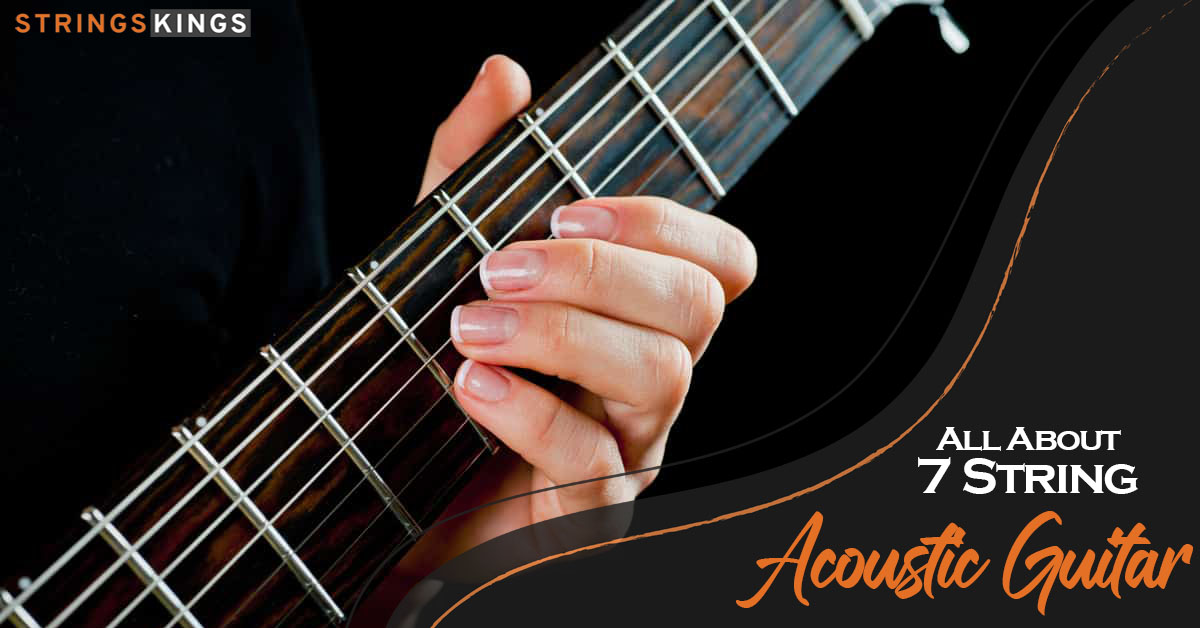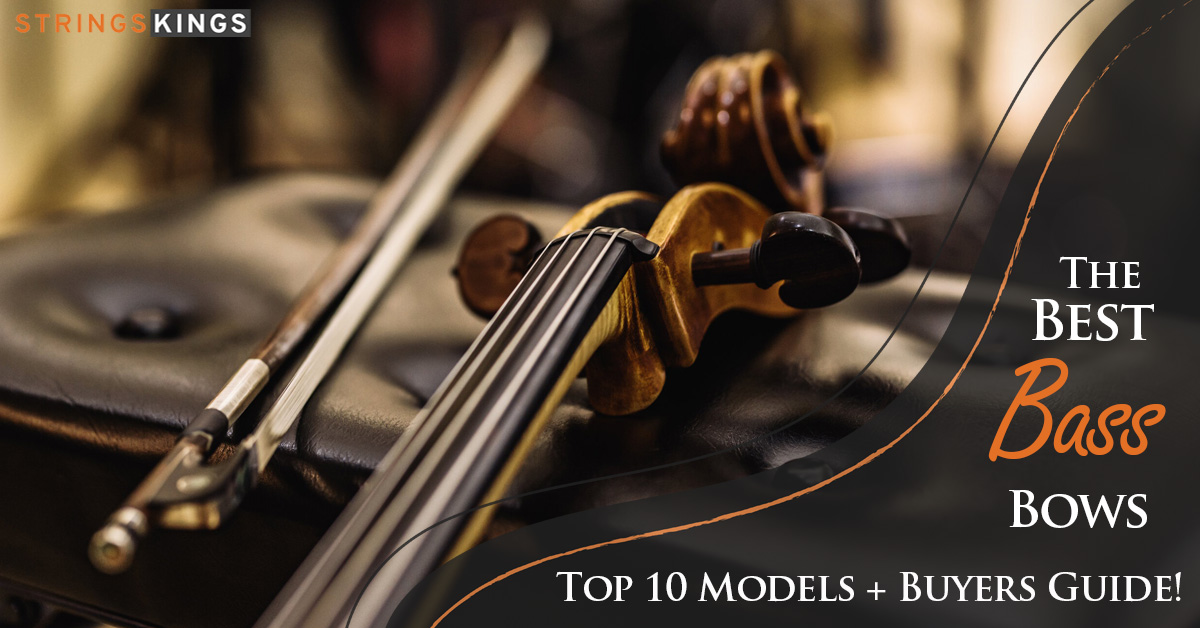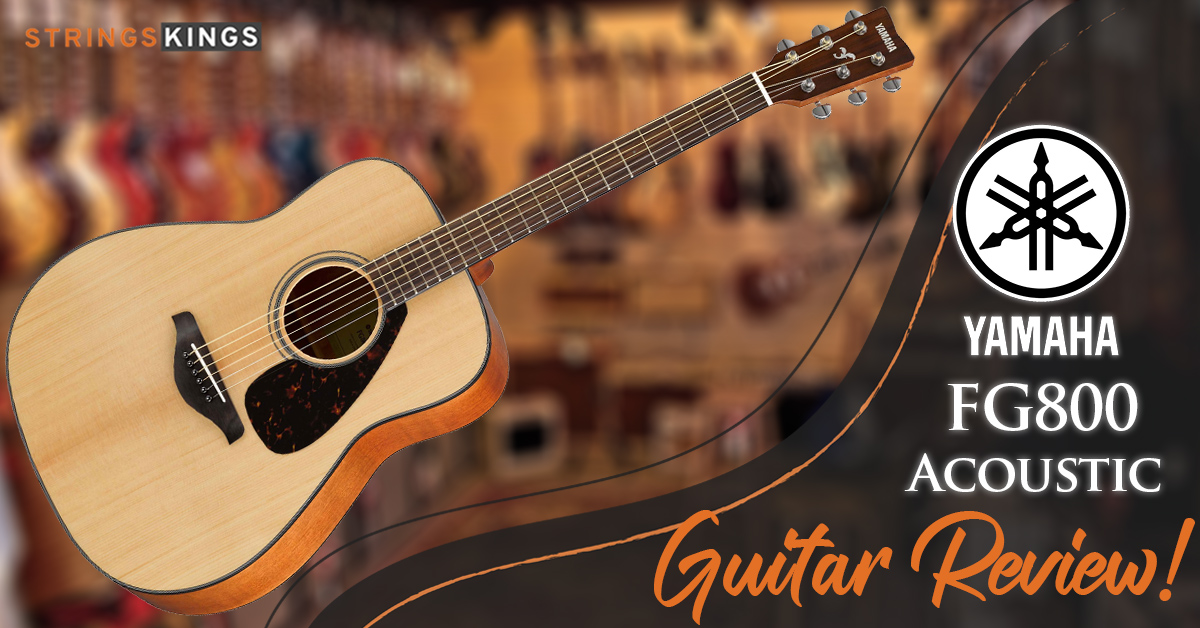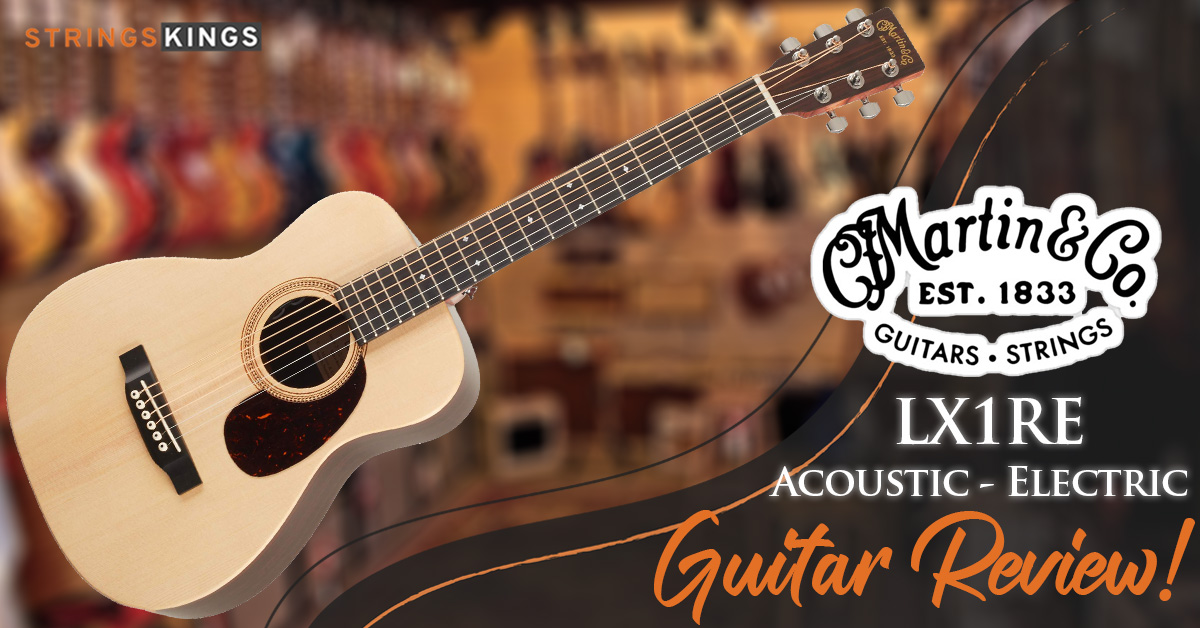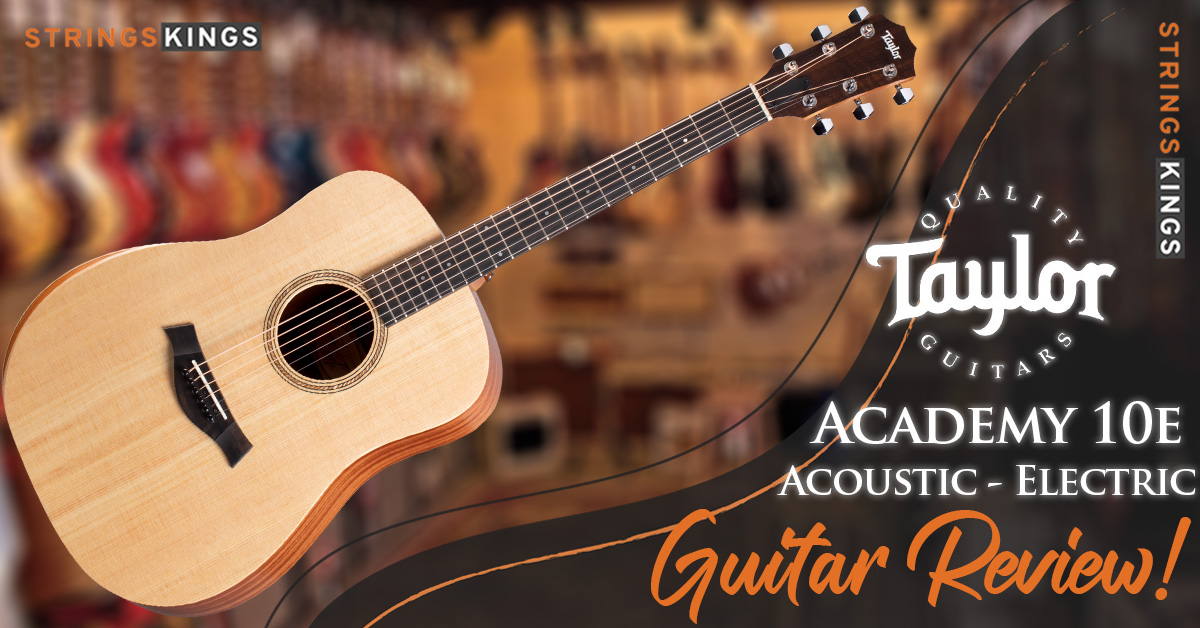Table of Contents
Violin vs Cello – Learn the Differences and Similarities!
The violin and cello are very similar instruments because they come from the same family. They also have a lot of differences as well.
In case you are curious about how similar they are or if you are wondering which instrument will be a better option for you to start learning, then you are at the right place. In this article, you will be able to see all the differences and similarities between these instruments and decide which one is better for you.
Violin and Cello have some similarities in technique, however, they aren’t as similar as the violin and viola for example.
Difference between Violin and Cello
Both of these instruments are part of the same family, the violin family. They have some similarities in look and tone, and the playing approach is of the same mindset. Besides the similar look, they have other major differences between themselves.
Style and Appearance
Parts
The violin and cello have identical components – all but one: on the exact opposite end of the scroll, the cello has the endpin. It is there to support it when you play because the instrument is played by default in a sitting position, with it between the legs.
Nowadays, endpins are retractable, although older endpins had been wooden and couldn’t be removed. Every other part of the cello is just like the violin, the one difference being that cellos are bigger in dimension.
The Size
The cello is far bigger than the violin, despite the fact that it’s not the largest of the string family. A typical full-size violin, what we call a 4/4 violin, is about 40 cm or 16 inches.
A median full-size cello is about 120 cm or 47.5 inches. That’s 3 times the height, so the cello is the bigger of the two by a considerable amount.
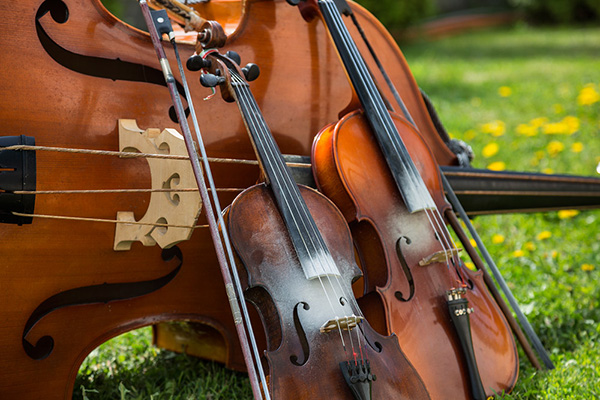
That difference in dimension means the violin is less complicated to carry and hold. In case you take a cello and add the case, a cellist needs to carry a weight of 7 kg (15.4 lbs) or more, while violinists only have to carry something a bit heavier than a handbag.
In fact, there are smaller sizes, depending on one’s growth but still, the cello is heavier and takes up more room, so it’s harder to move around, and it’s not part of the most versatile instruments.
Bow
The bows on these two instruments are very similar but they have some little differences: Cello bows are smaller in length but they have a larger frog.

This is because the strings of the cello are bigger and they need additional horsehair in order to vibrate enough with a good tone. On the other side, the violin bow is a bit thinner and more elegant.
Strings and Tuning
Both of these instruments violin and cello have 4 strings, which are longer and thicker on the cello. Those, together with the cello’s dimension, help produce bass sounds that resonate very nicely with the human ear.
The tuning of the strings is different, though: the violin strings, starting from the bottom are G – D – A – E, G3 being the lowest. At first sight, the cello strings are usually not that different: once more starting from the bottom, it’s C – G – D – A, so in a way just one is different. However, the A is A3, so it’s in the same octave as the violin’s lowest and thickest string, meaning it goes as low as C2.
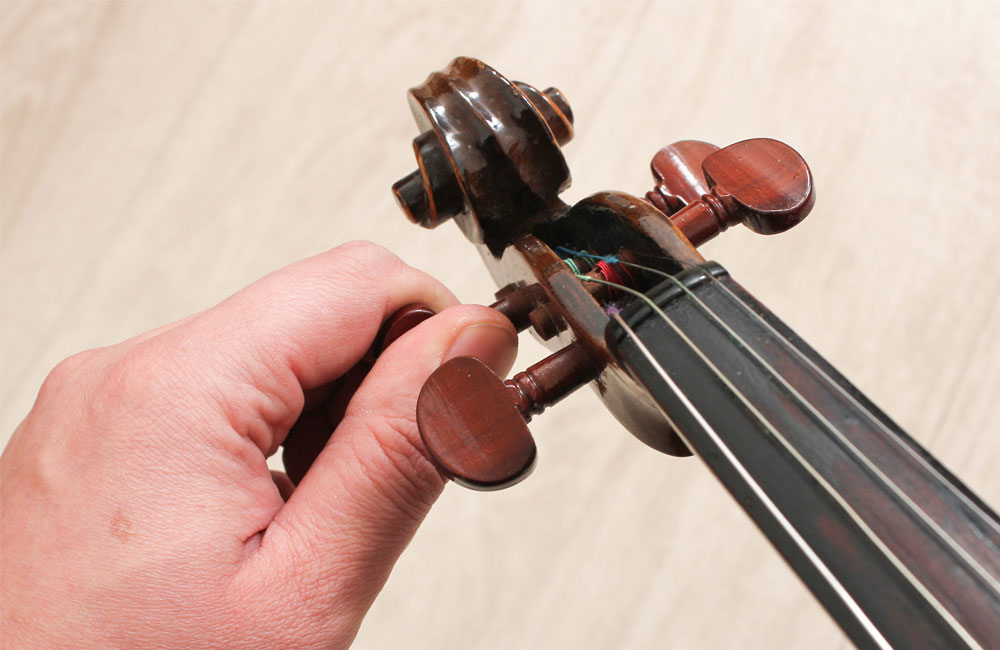
Playing Position and Technique
Both the cello (small double bass) and violin have very similar difficulties with regard to technique: neither has frets, so you’ve got to concentrate on playing in tune. This means producing good sounds will take some time.
However, the cello is played in the upright position (usually played sitting) and is positioned between the legs to keep the cello steady. Its weight is usually supported by the endpin, and the bow is drawn horizontally.
The left hand sits on the cello similar to a violin, the one difference being that on the cello, the hand is vertical. However, cellists usually place their thumb on the fingerboard while in high positions – something that never occurs when playing the violin.
Difference in Sound
Both of these string instruments have similarities when it comes to tone because they are of the same family. However, there’s a very distinct difference – for some individuals, this is more major than the dimensions.
The violin has a transparent and generally high-pitched tone, which makes it excellent for playing melodies, especially in the orchestra. The high-pitched notes are loud enough to distinguish. It doesn’t have much low end, since its lowest note is G3, and its relatively small dimension doesn’t let low frequencies flourish.
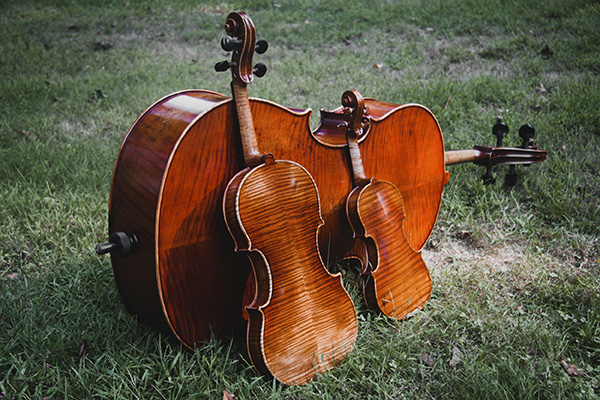
On the other hand, the cello has a deeper sound but a really warm and mellow full of many low frequencies.
Those make it a perfect candidate to fill harmonies, so in the orchestra, it usually plays the root note together with the double bass players. However, its warm tone helps with melodies too. It is very distinct, and really close to the human voice, so melancholic melodies are sometimes provided by the cello.
Prices for Cellos and Violins
Beginner Cello Prices
Because of its dimension, and since it is one of the largest instruments, the cello is far more expensive. While there are some low-cost choices that can go as little as $150–$200 USD, these are usually not recommended, similar to the most affordable violins. Your real choices begin at about $400–$500 USD. That’s actually the least expensive choice and actually, it will be better, to begin with, an instrument for $800 USD or more, in case your budget allows it.
And that’s not all. Cello strings for learners can go from $60–$100 USD, depending on the quality. Fortunately, there’s no need for shoulder rest, however, that’s still a lot of money.
So while you might like the cello, you may need to think about whether or not you can afford to spend that much money. Sadly, playing an instrument is an expensive hobby, despite the fact that what you gain is priceless.
Beginner Violin Prices
An affordable beginner violin cost begins at around $100–$150 USD. For someone with no prior experience, or a child who is only a beginner, that may be a good place to begin. You need to keep away from anything below $100 USD because it will not be playable, or helpful for your first steps.
In case you’re comfortable with spending a bit extra, we would suggest buying a violin that costs around $500 USD because the quality you’re going to get will be a lot better.
Peripheral costs include strings, a shoulder rest, and different accessories. You will be able to find a very good set of beginner violin strings for as little as $20–$30 USD and the rest only rarely cross that threshold.
The similarity between Cello and Violin
Because these two instruments are part of the same family, they have a couple of similarities.
- They both have four strings, albeit tuned in different octaves.
- They have a similar shape.
- Both are played with a bow so their tone is not that different.
- Both can be found in several music genres other than classical.
- Both have a huge repertoire to choose from.
Both instruments are vital members of the orchestra and have distinct roles. Typically, the cello stays in the back however as with any bass instrument, its significance is felt when it’s absent. However, very similar to the violin, it doesn’t lack melodies and solos.
Violin vs Cello – Which instrument is easier to learn?
Neither stringed instrument is simple to learn. Both are difficult to produce a top-quality sound on and to play in tune. Learning the technique needs lots of time and focus.
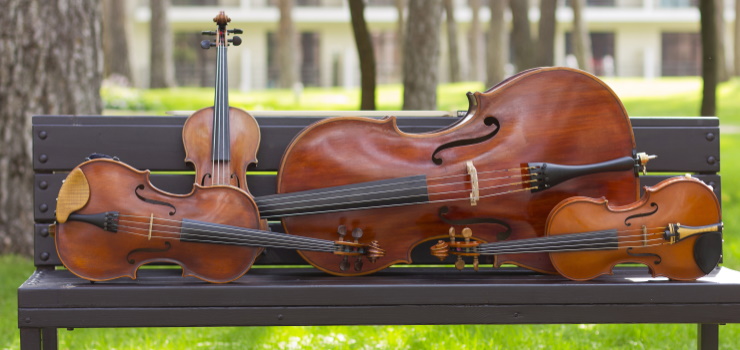
You are not going to be able to play any easy song very well throughout your first months on either, however, that additionally depends on your constant practice and earlier experience of playing a musical instrument.
The violin’s high-pitched notes are very difficult to play, and its solo repertoire could be very challenging. The space between the fingers is small, so it could be very hard to hit the notes in tune, especially when playing rapidly.
The space between the fingers on the cello is far larger, which could be a problem when playing a more advanced repertoire, as a scale in two octaves might need a few changes in position.
Which one you should choose, Violin or Cello?
All of it will depend on your style and your finances. In case you like the low frequencies and mellow tone, most probably you’ll be happier learning the cello. In case you like a transparent tone and would like to play solos, you will feel accomplished playing the violin.
When comparing instruments of identical level, especially for a beginner, the cello is costlier, so if you like both of them but your budget is small, you may want to select the violin, because it costs less. Then again, once you take a look at the highest-quality antique violins, you will find that there is nothing more expensive!
In the video below you will see an in-depth comparison between Violin and Cello!
Last Words
Both these stringed instruments are loved and cherished by nearly anyone and have their unique qualities, so whichever you select, you’ll be rewarded with the ability to play one of the most difficult and stunning instruments!
Happy Strumming!

